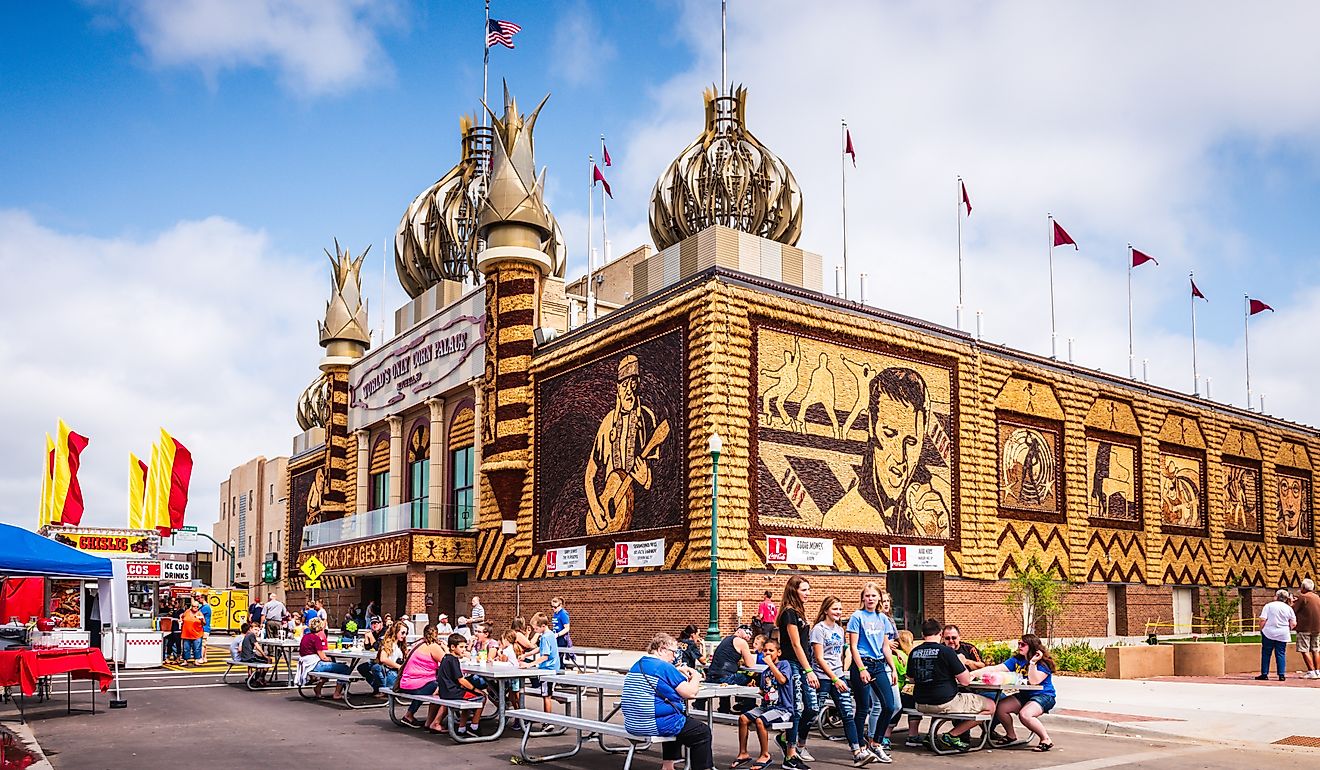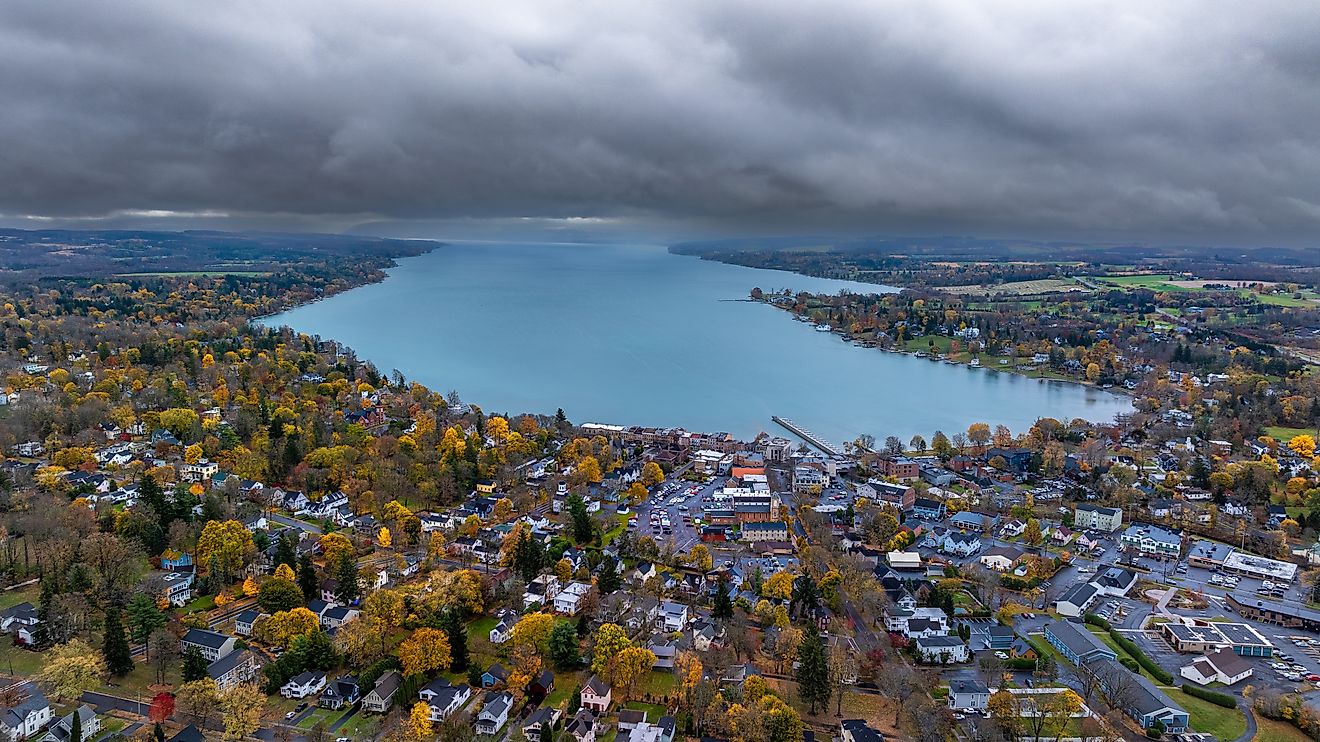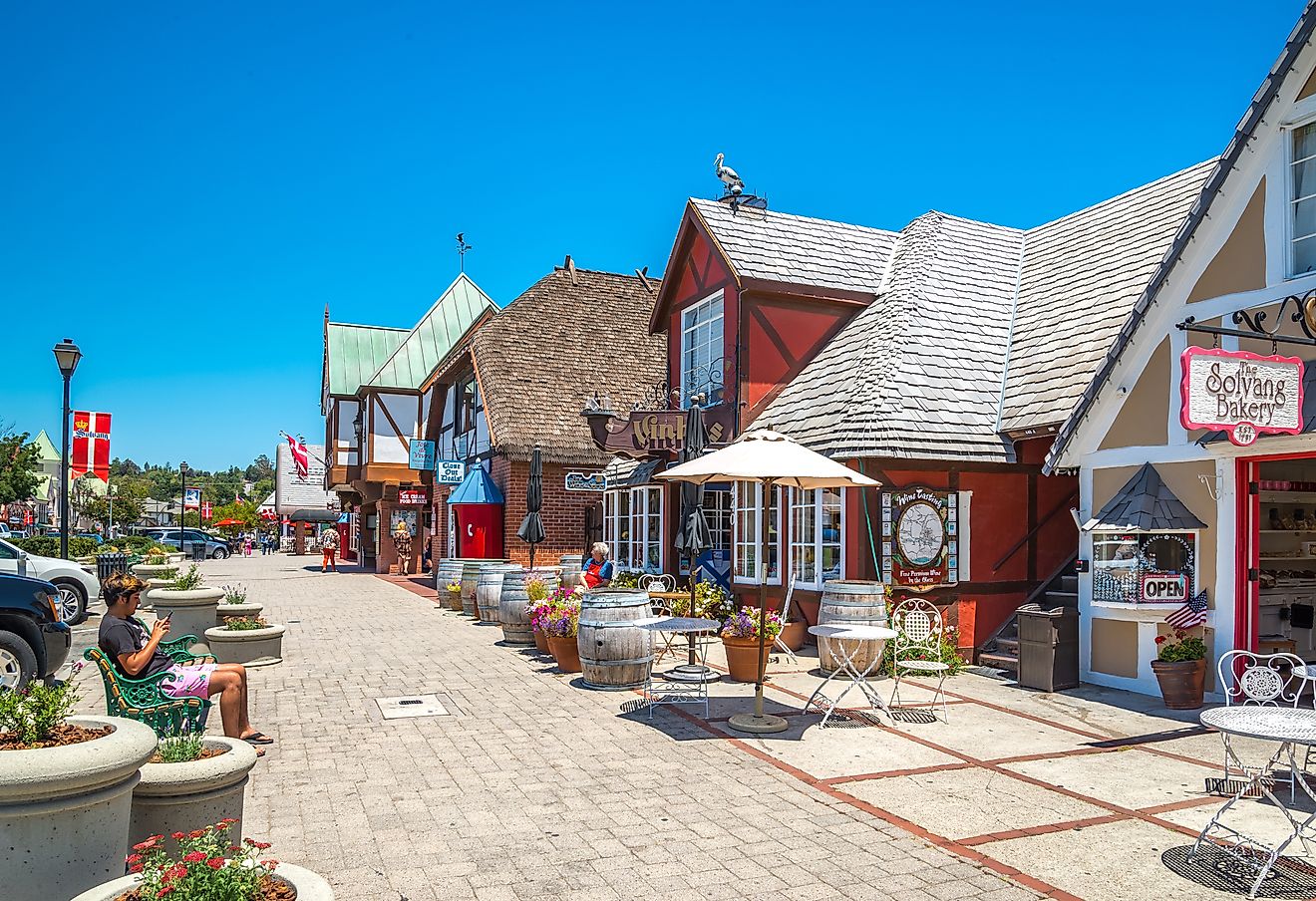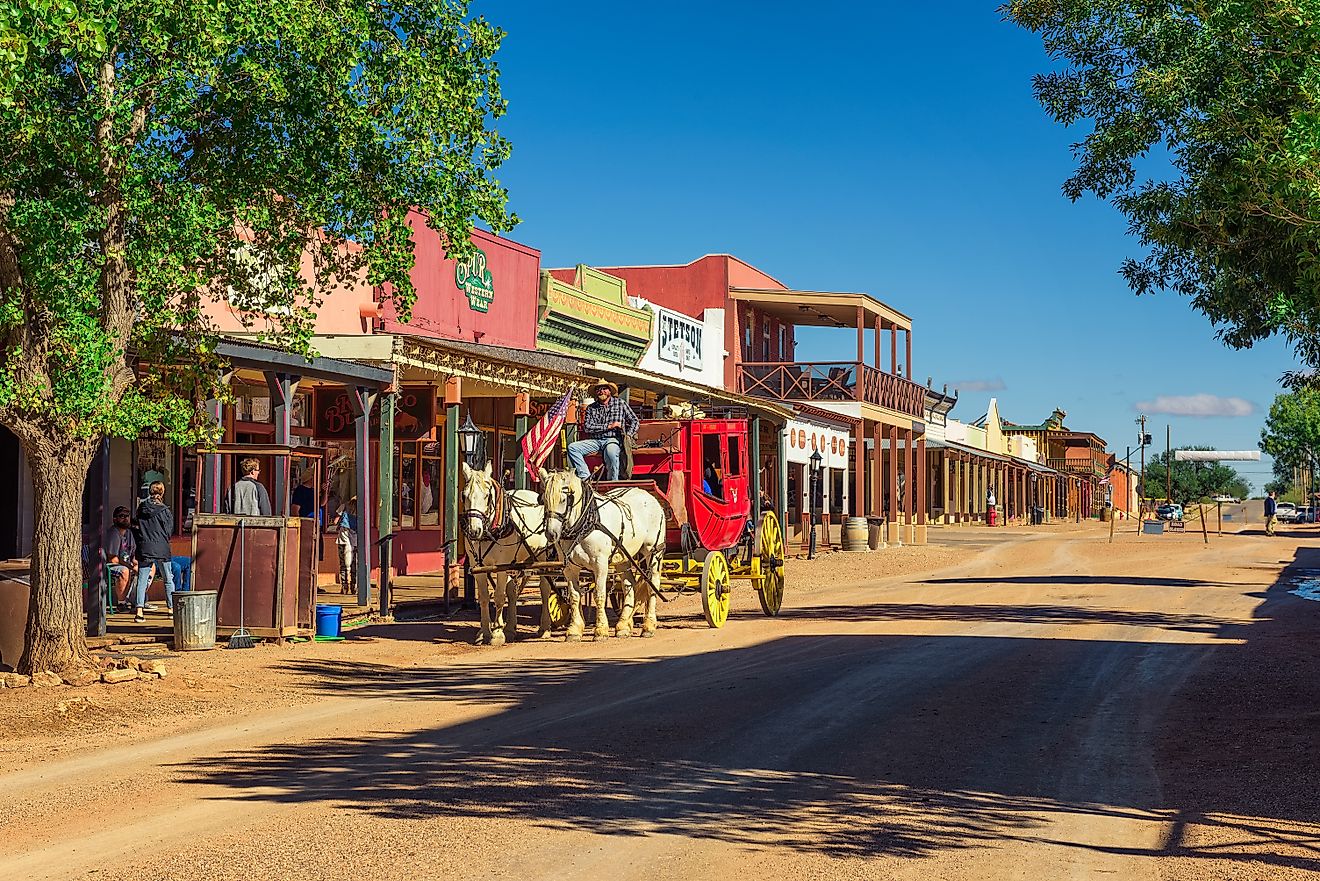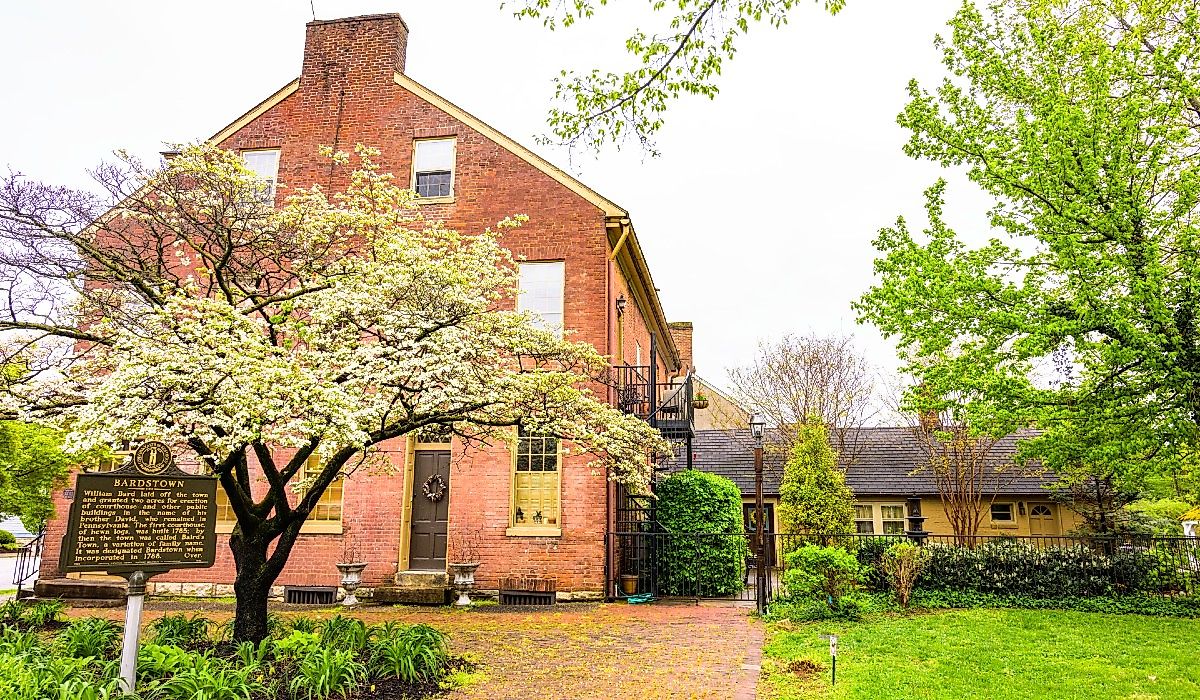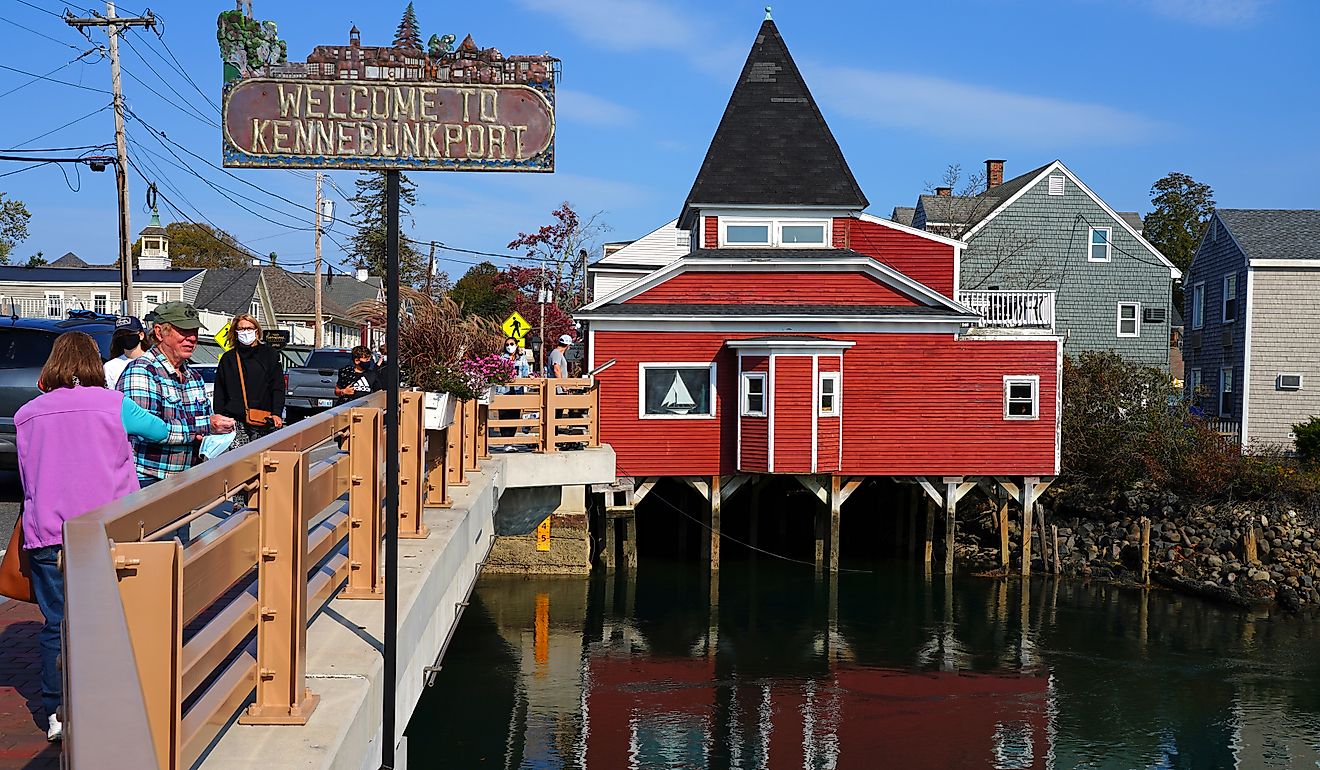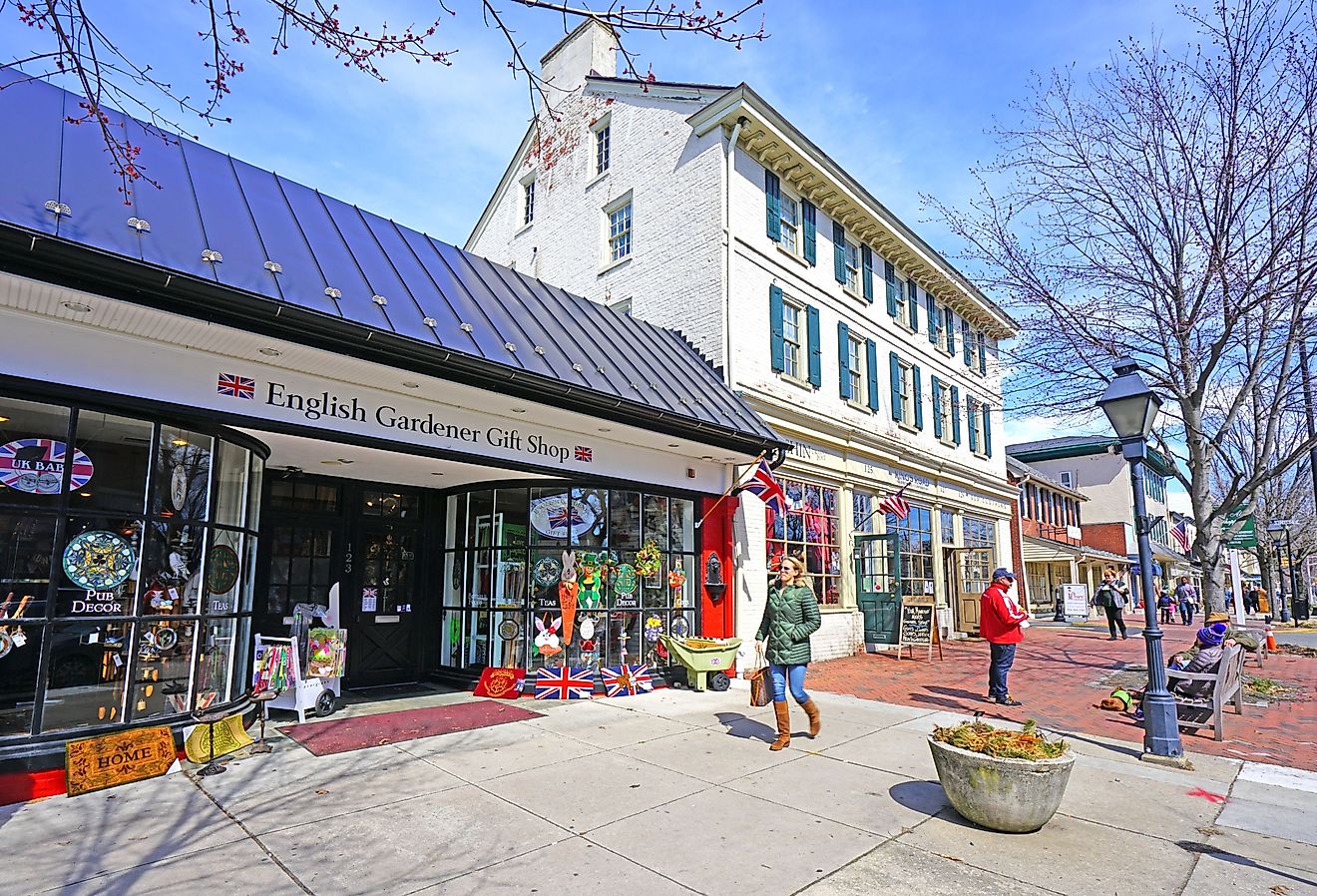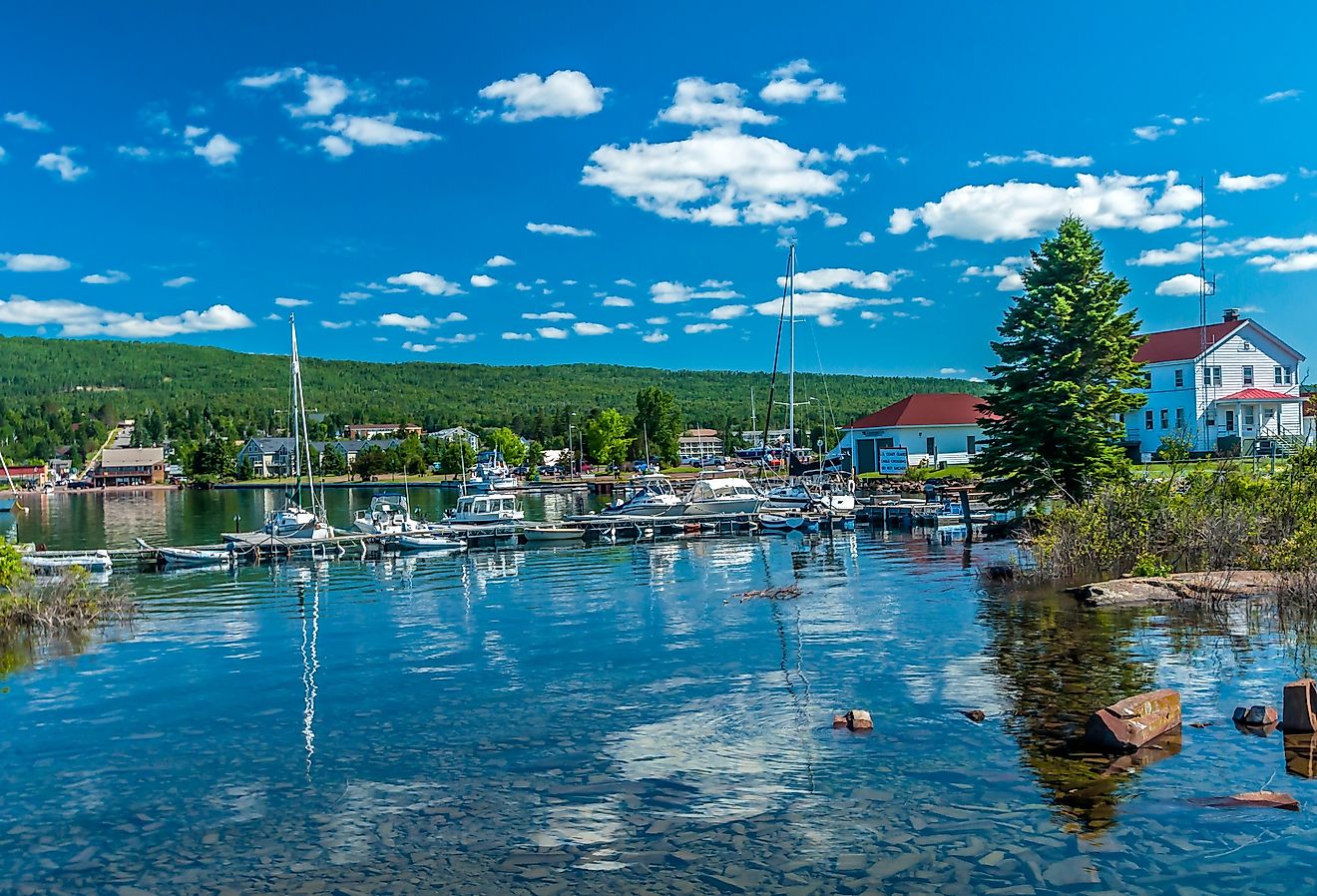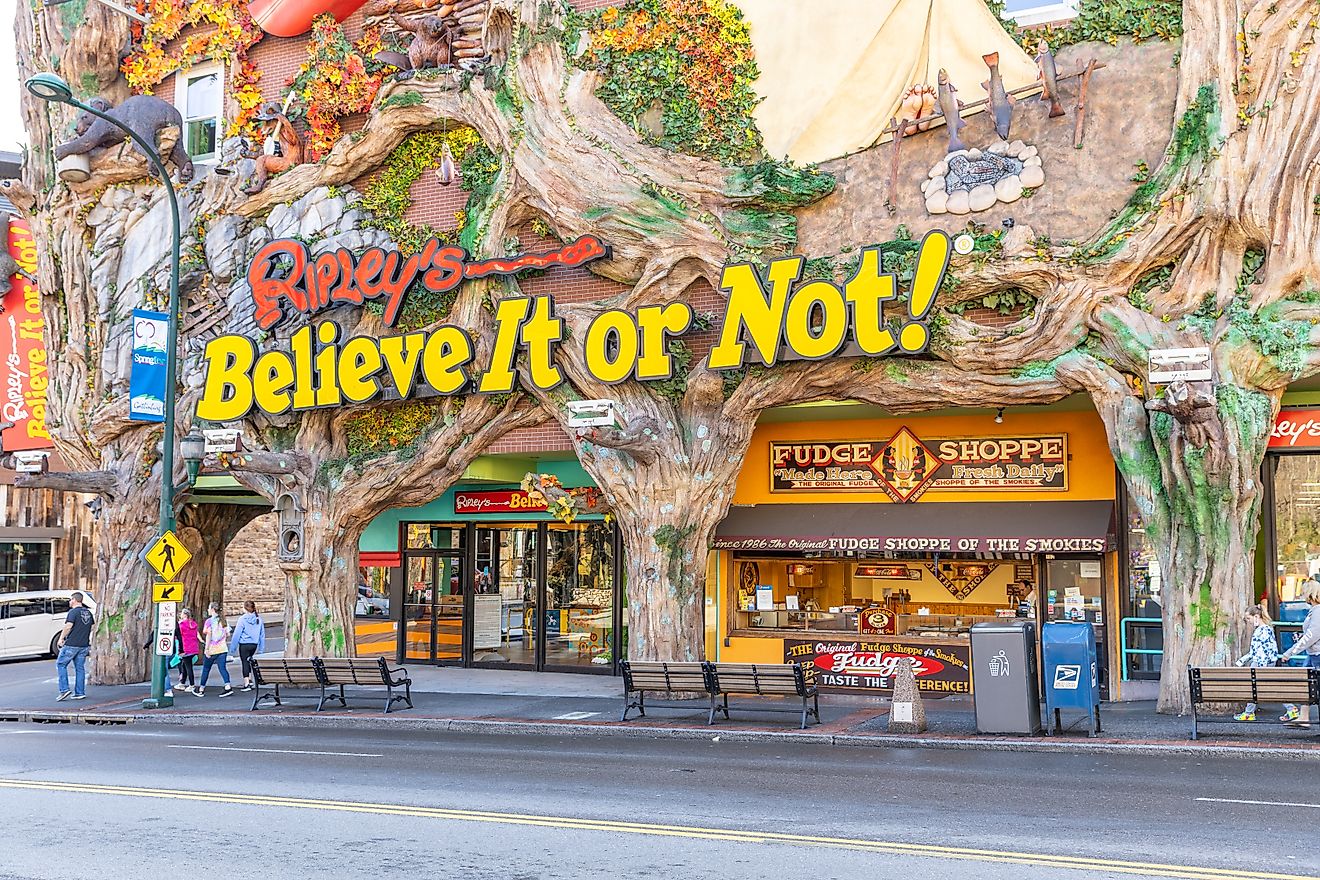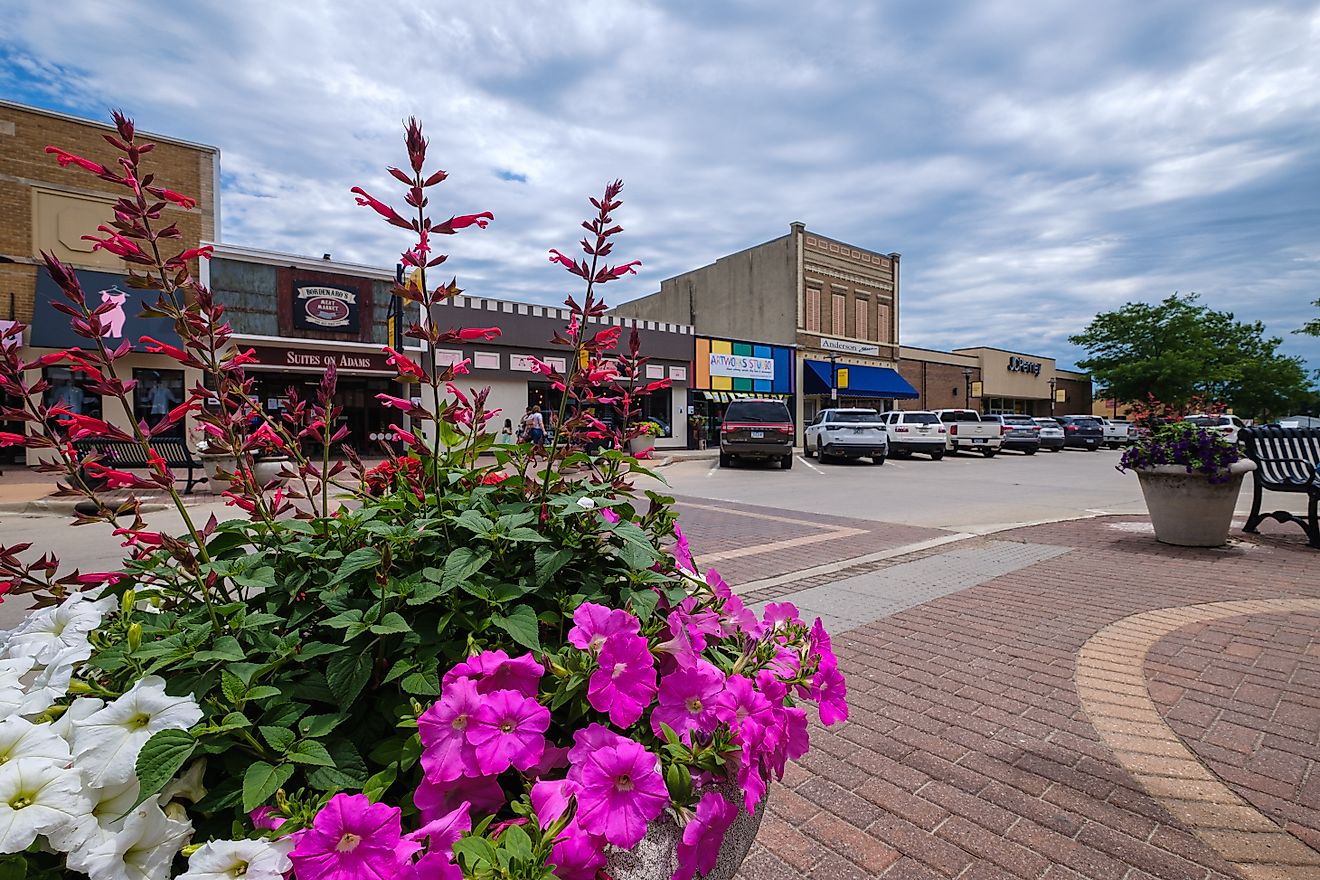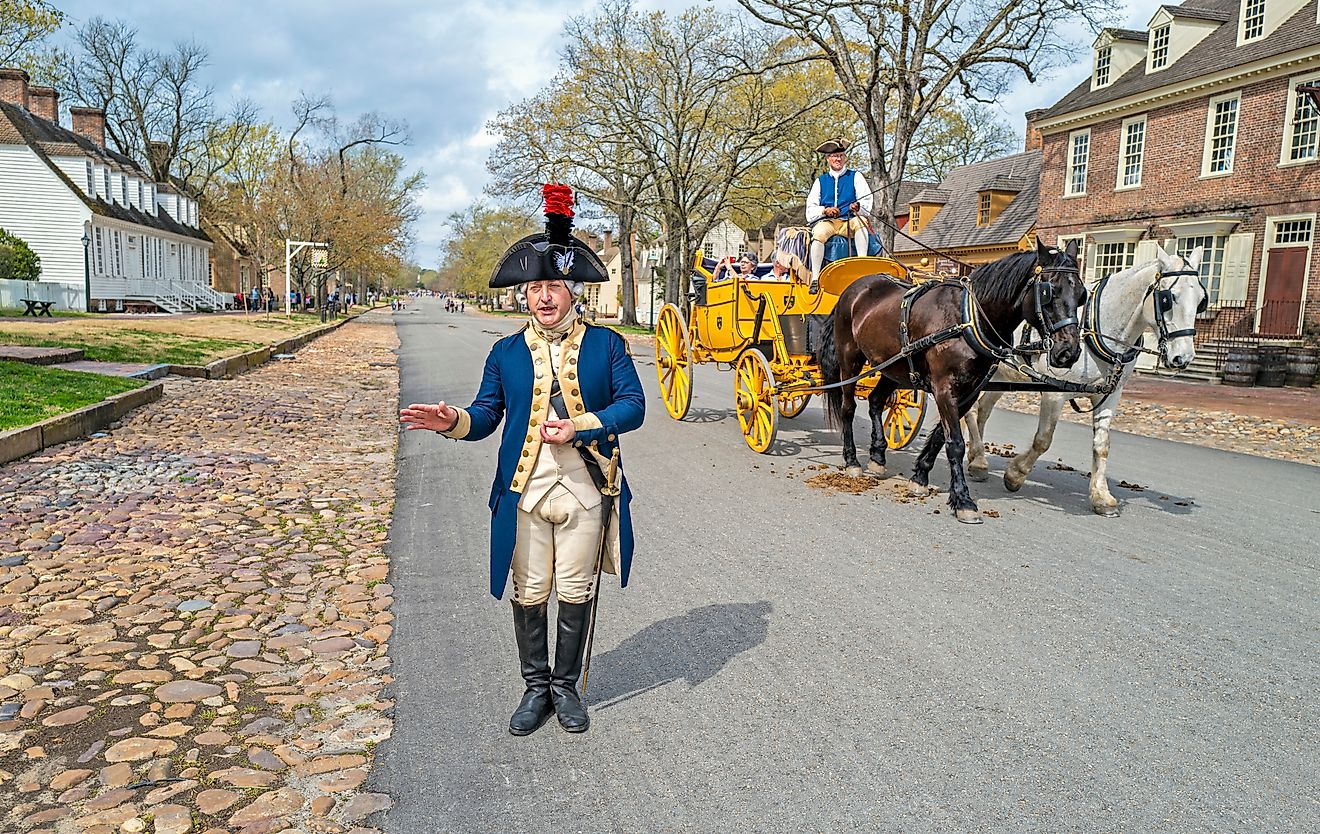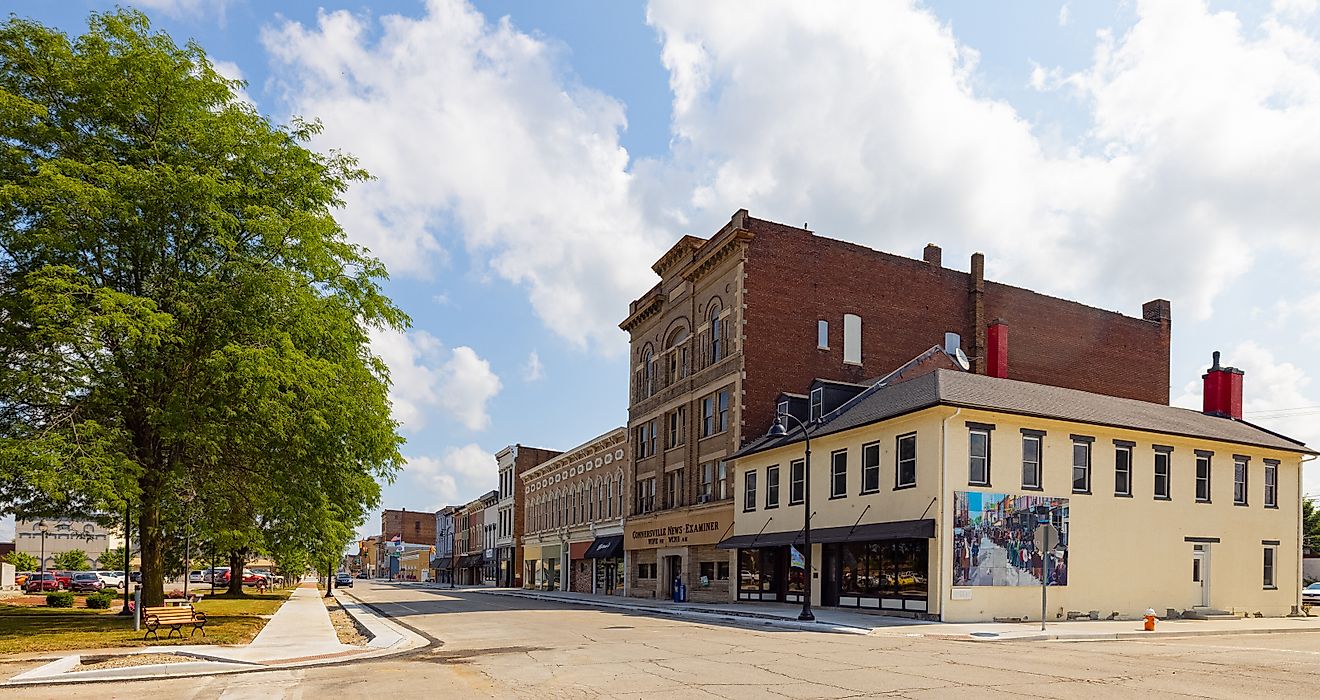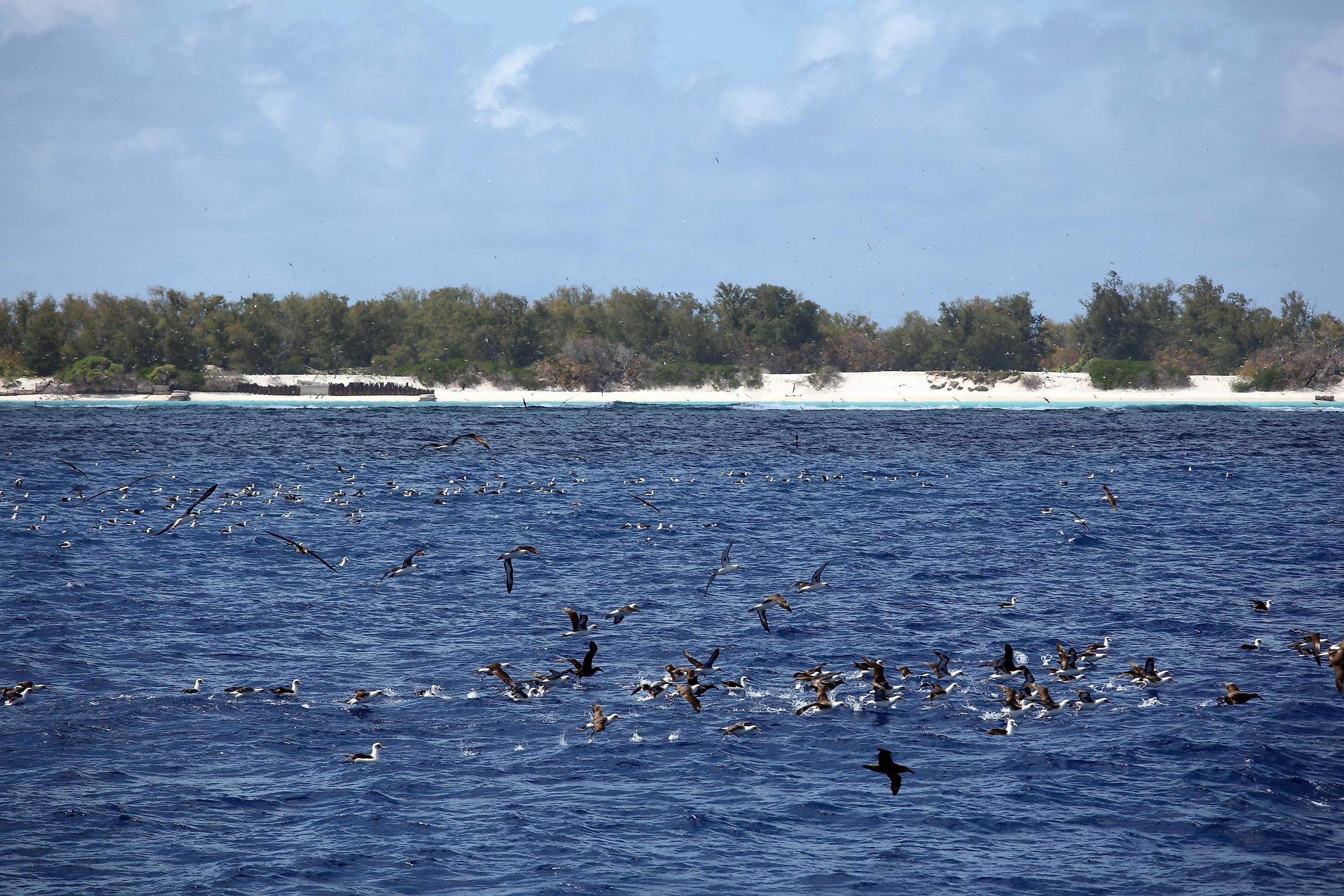
Papahanaumokuakea Marine National Monument
Hawaii's Papahānaumokuākea (Pa-pa-hah-now-mo-koo-ah-keh-ah) Marine National Monument is the largest contiguous and fully protected conservation area in the United States and one of the most substantial marine conservation areas in the world. It is also a UNESCO World Heritage Site for reasons of both natural and cultural significance (the first mixed site in the U.S.). This massive and magnificent monument ensures the preservation of a vital and isolated archipelago considered sacred by Native Hawaiians. The landmass and corresponding marine ecosystem is home to thousands of species of plants and animals, some of which are threatened, endangered, and/or found nowhere else on Earth. Papahānaumokuākea exemplifies what can be achieved when modern-day conservation efforts combine forces with local, ancestral principles.
Geography Of Papahānaumokuākea
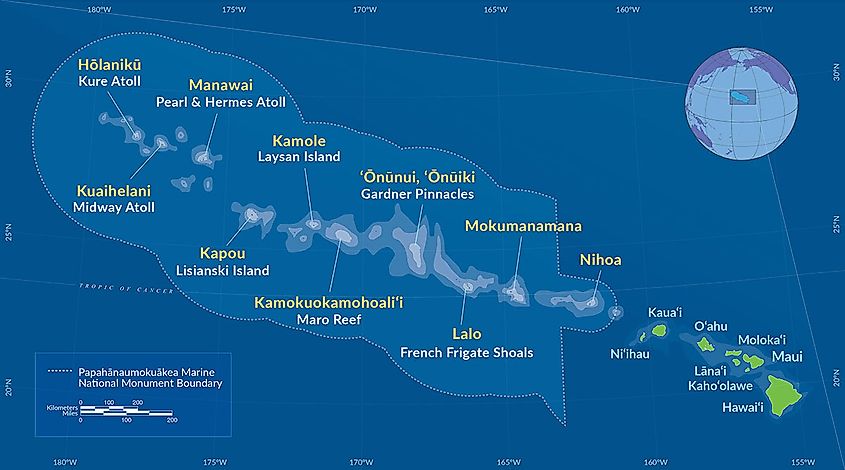
Papahānaumokuākea Marine National Monument covers 587,578 square miles (1,508.870 square kilometers) of Northern Pacific Ocean territory, some 3,000 miles off the coast of the continental United States. This boundary, which begins about 155 miles West of the main Hawaiian Archipelago (specifically the islands of Kauai and Ni'ihau), includes a 1,350-mile stretch of basaltic islets, seamounts, banks, shoals, coral atolls, and reefs, as well as miles upon miles of lively surrounding waters. The marine national monument banner also includes other formal entities such as the Midway Atoll, Hawaiian Islands National Wildlife Refuges, Battle of Midway National Memorial, and the Northwestern Hawaiian Islands Coral Reef Ecosystem Reserve (to name a few).
History And Cultural Significance
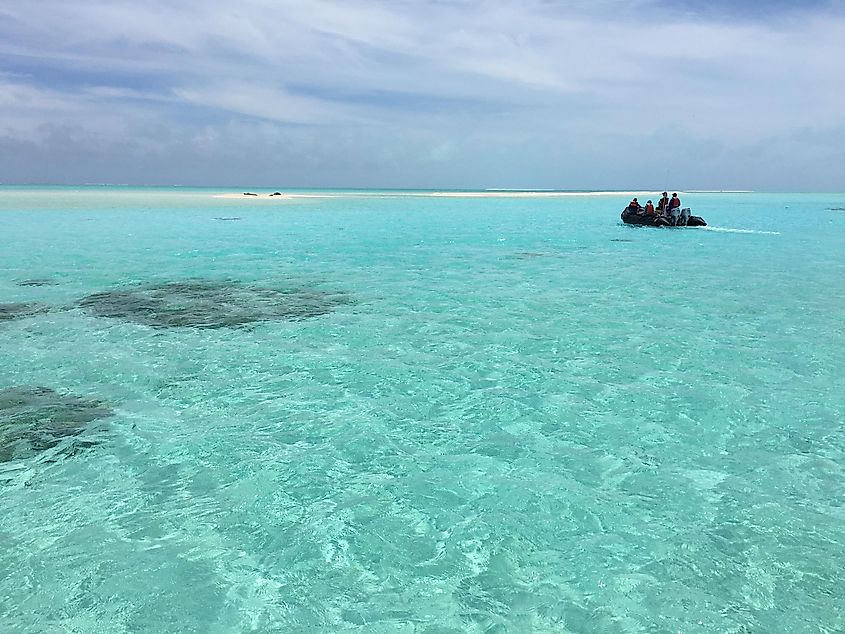
The name Papahānaumokuākea refers to the traditional Hawaiian creation story as told in the Kumulipo, the region's longest-recorded ancestral chant. Papahānaumoku is the personification of mother earth, while Wākea plays the father figure (represented by the sky) in this dualistic tale. Together, they formed the entire archipelago and its indigenous people. While the specific details may not hold up to scientific and historical scrutiny, the broader pantheistic reverence is clearly valuable for the collective health of the ecosystem. It gives meaning to individual spiritual practices that are still performed. Today, Native Hawaiians look to the many wahi pana (places of immense importance that foster connections between the land and the people) to connect with their roots and spirituality.
It has been demonstrated that Polynesian voyagers first arrived at the Hawaiian Archipelago around 300 AD. Two islands within Papahānaumokuākea's modern boundary, Nihoa and Mokumanamana, have revealed archeological evidence of human occupation during this period, with the latter providing the highest density of sacred sites in all of the Hawaiian Archipelago. Both of these islands are on the National and State Register for Historic Places.
More recently, 60 shipwrecks have collected offshore since 1818, many related to the whaling industry that flocked this way in the early 19th century. These Northwestern Hawaiian Islands, particularly Midway Atoll, gained importance in the eyes of Americans after the U.S. government claimed possession in 1867 and even more so after the first transpacific cable was run, and the corresponding operating station was built in 1903. Throughout the 1930s, the Midway naval base exploded in significance, becoming a strategic site for American/Japanese conflicts during World War II. During this time, 67 naval aircraft went down in the archipelago's general vicinity, mostly relating to the infamous Battle of Midway.
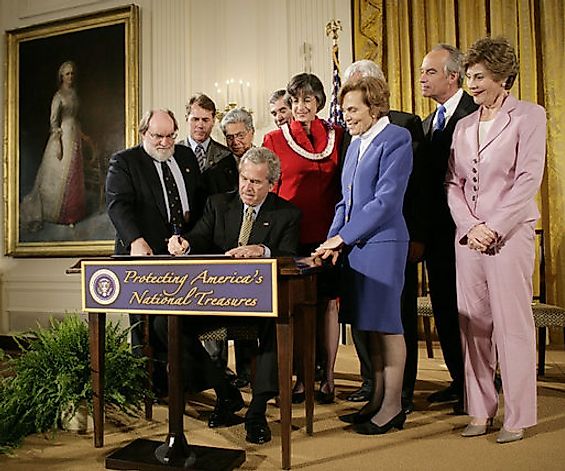
Conservation efforts began in the Papahānaumokuākea area back in 1903, when President Theodore Roosevelt deployed U.S. marines to Midway Atoll to protect the seabirds from slaughter (they were being targeted for their feathers and eggs). Since then, six U.S. presidents and one Governor of Hawaii have taken steps to increase environmental protection for this site. Most notably, the Northwestern Hawaiian Islands Marine National Monument was officially established on June 15th, 2006, under President George W. Bush, via Presidential Proclamation 8031. The following year, the name was changed to Papahānaumokuākea Marine National Monument. Finally, on July 30th, 2010, the United Nations Educational, Scientific and Cultural Organization gathered at the World Heritage Convention in Brazil and declared Papahānaumokuākea a mixed (natural and cultural) World Heritage Site.
The monument is currently amicably managed by the National Oceanic and Atmospheric Administration, U.S. Fish and Wildlife Service, specific divisions of the State of Hawai'i, and the Office of Hawaiian Affairs.
The Biodiversity Of Papahānaumokuākea
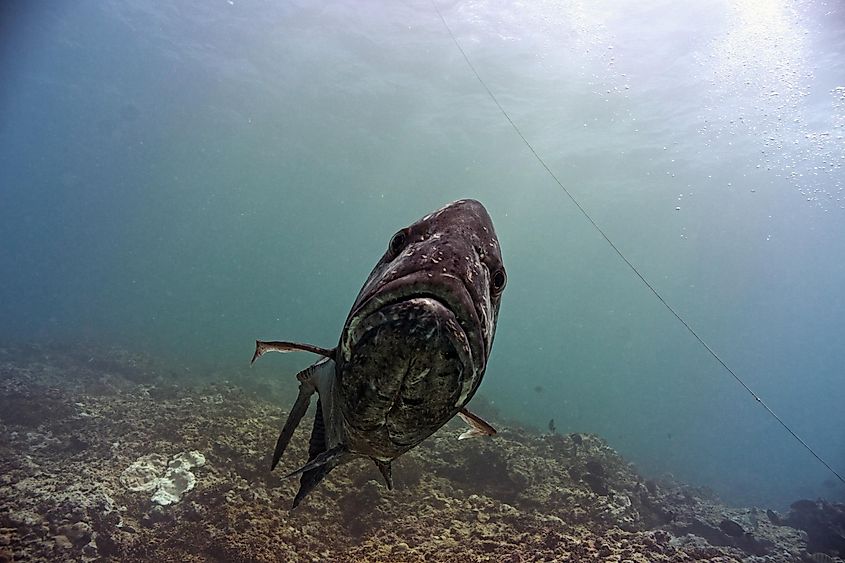
Papahānaumokuākea is a shining example of a thriving marine ecosystem. For starters, it hosts the world's deepest and Northernmost coral reefs. This monument covers 3.5 million acres of coral reefs, roughly 70% of the entire country's stockpile, with 90% existing below 3,000 feet (914 meters). Delving that far into the watery abyss creates a special habitat that fosters unique biodiversity, such as schools of Hawaiian sleeper sharks and Giant Ulua (Blue Trevally) and Hawaiian golden corals that are thousands of years old.
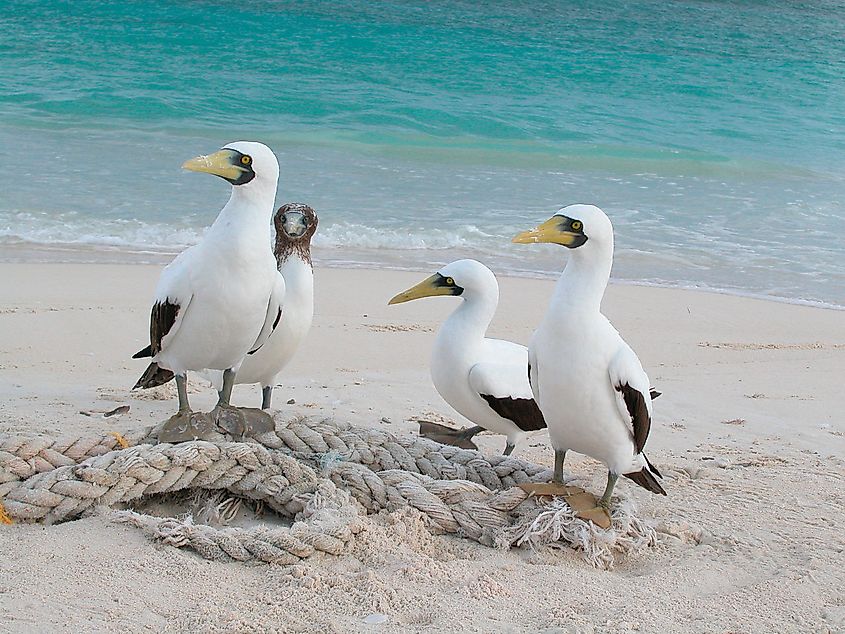
In fact, of the estimated 7,000 species of flora and fauna that are found here, approximately one-quarter are endemic to the Hawaii region, such as the Nihoa finch, Black-footed albatross, and the endangered Laysan duck. Teetering on the edge of existence is the Hawaiian monk seal. Most of the world's remaining population takes refuge at Papahānaumokuākea. Falling into the "threatened" category is the green sea turtle. On the celebratory side, 22 species of seabirds, amounting to about 14 million individuals, nest on the craggy rocks of Papahānaumokuākea's ten islands.
Visiting The Papahānaumokuākea Marine National Monument
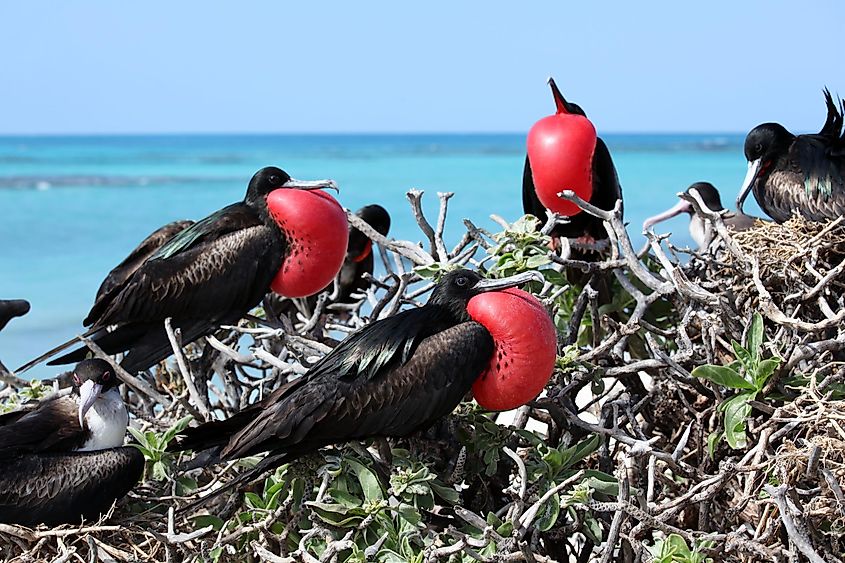
Given the mission to protect the ecology and sacred territory and traditions of ancestral Hawaiians, visitations to Papahānaumokuākea are understandably limited. Those intending to conduct or study cultural practices, engage in habitat restoration, and/or perform scientific research can apply for a permit. General tourism used to be allowed at Midway Atoll National Wildlife Refuge but has been paused due to staffing shortages and capacity issues. Should resources and demand deem it possible, the U.S. Fish and Wildlife Service is contemplating taking up the torch. Otherwise, the Mokupāpapa Discovery Center in Hilo, Hawaiʻi, which is also managed by the NOAA, offers a deep, interactive dive into the science, history, and culture of the Papahānaumokuākea Marine National Monument and the Northwestern Hawaiian Islands as a whole.
Few other conservation sites match the scale and scope of the Papahānaumokuākea Marine National Monument in the world. This cooperative achievement has been formally recognized as a place of immense biodiversity, captivating history, both pre and post-Western contact, and invaluable cultural significance. Though it remains largely off-limits to average Janes and Joes, we can all take solace in knowing that such a substantial portion of the North Pacific Ocean is in good hands and free to exist in its natural, long-standing state.
